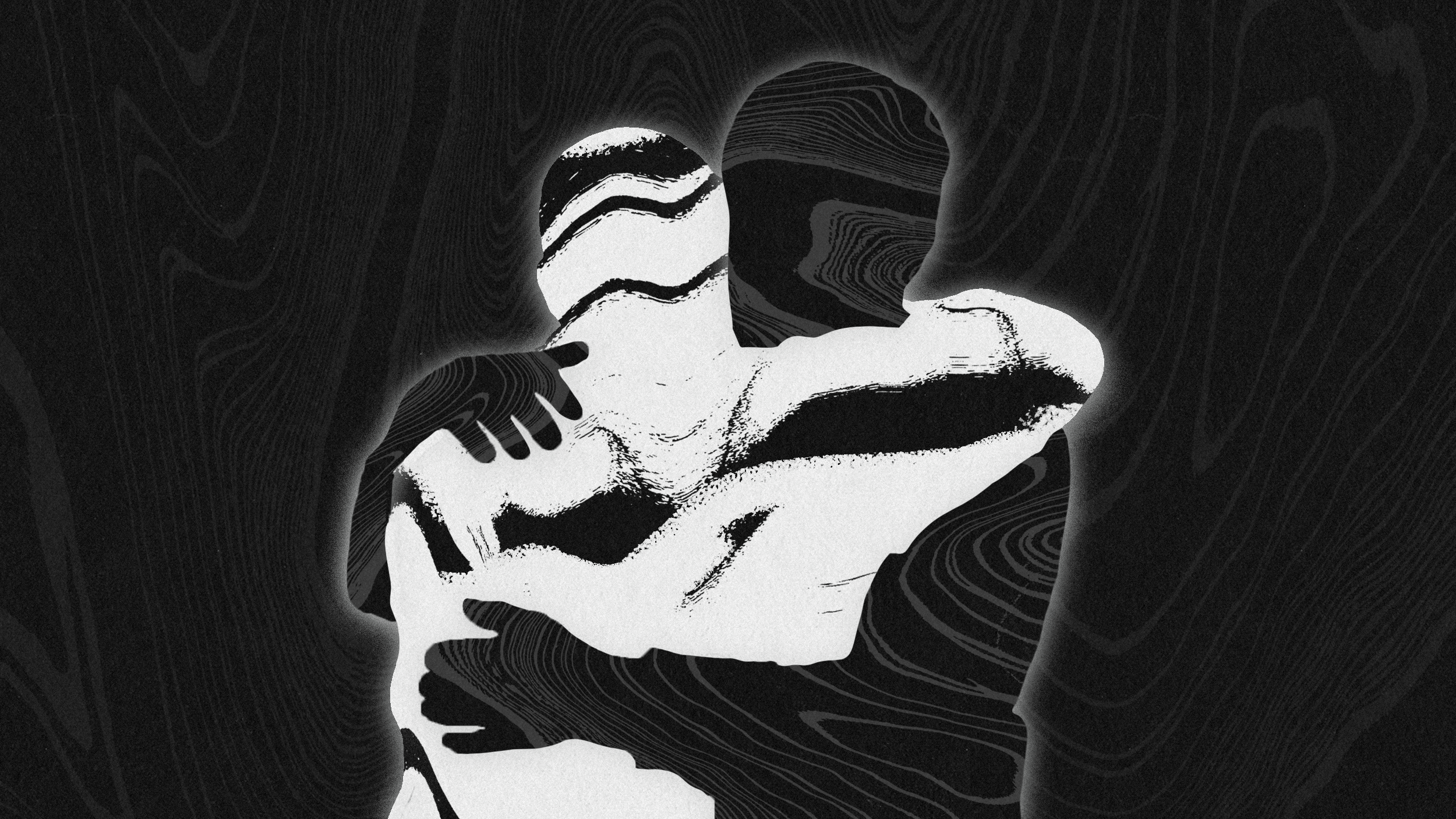Why Some People Really Can See (Their Hands) In The Dark

What’s the Latest Development?
Researchers in various locations asked volunteers to wear one of two blindfolds, both of which were designed to block out all light. However, they were told that only one of these would do so; the other would simulate the experience of seeing “motion under low lighting conditions.” They were then asked to wave their hands in front of their faces. Regardless of the type of blindfold, about half of the participants were able to detect the motion of their hand consistently. Furthermore, they were not able to track the motion of someone else’s hand waving before them. Later, they were tested again in total darkness using a computerized eye tracker to obtain an objective comparison.
What’s the Big Idea?
University of Rochester lead researcher Duje Tadin says, “According to the current understanding of natural vision, [seeing in total darkness] just doesn’t happen. But his research shows that our own movements transmit sensory signals that also can create real visual perceptions in the brain, even in the complete absence of optical input.” That said, it’s probably not an innate skill, but one based more on experience: “[T]his is one association that is so highly repeatable that it is logical our brains picked up on it and exploited it.” A paper describing the experiments appeared online in Psychological Science.
Photo Credit: Shutterstock.com





